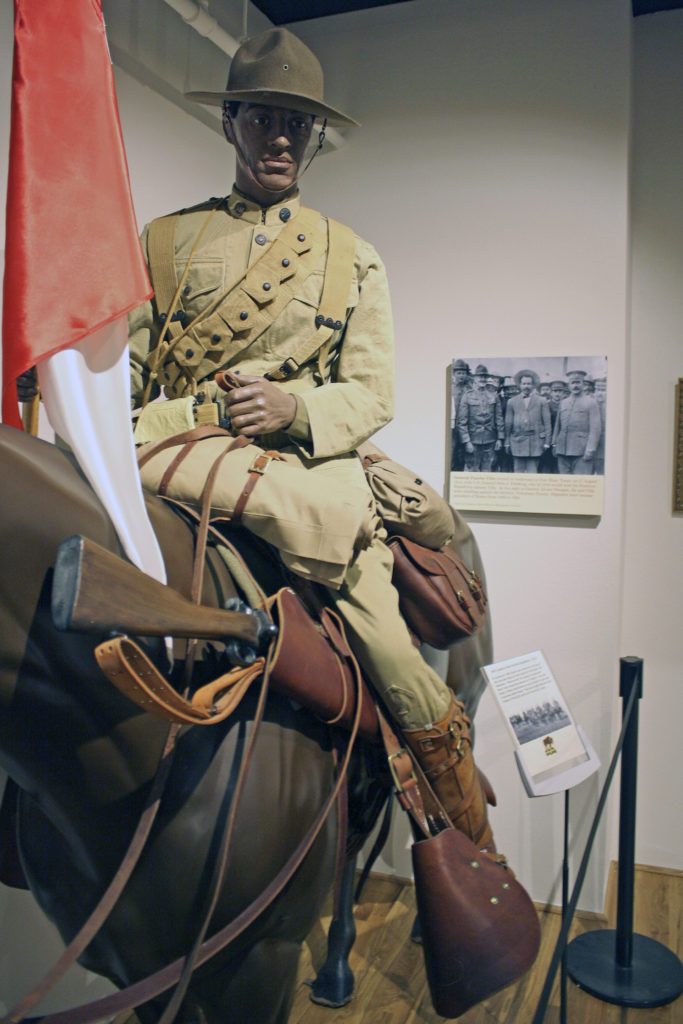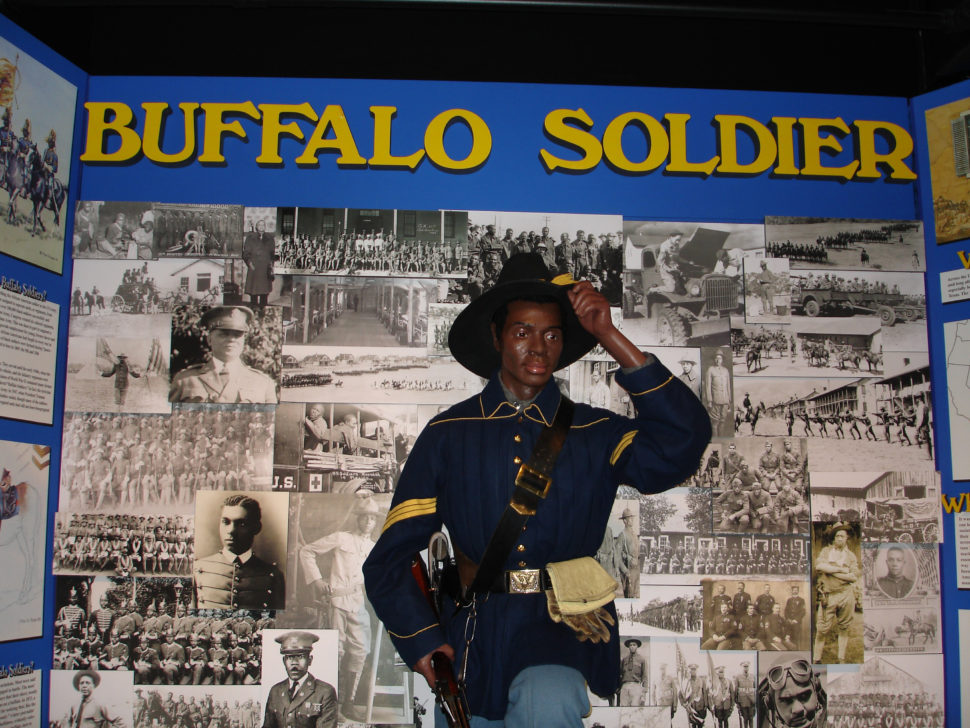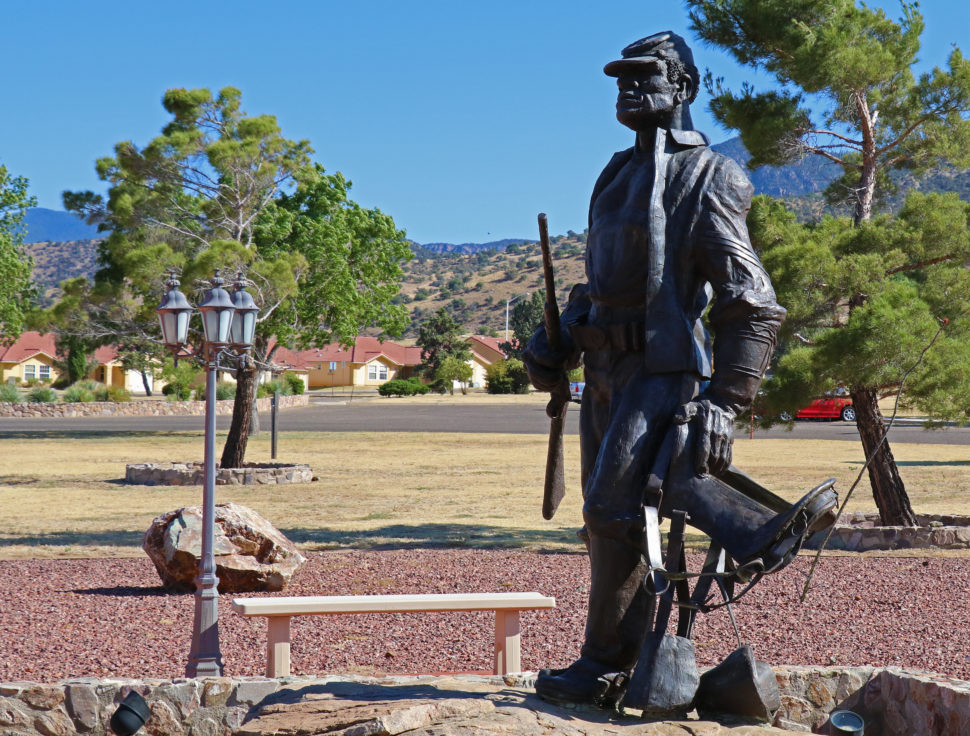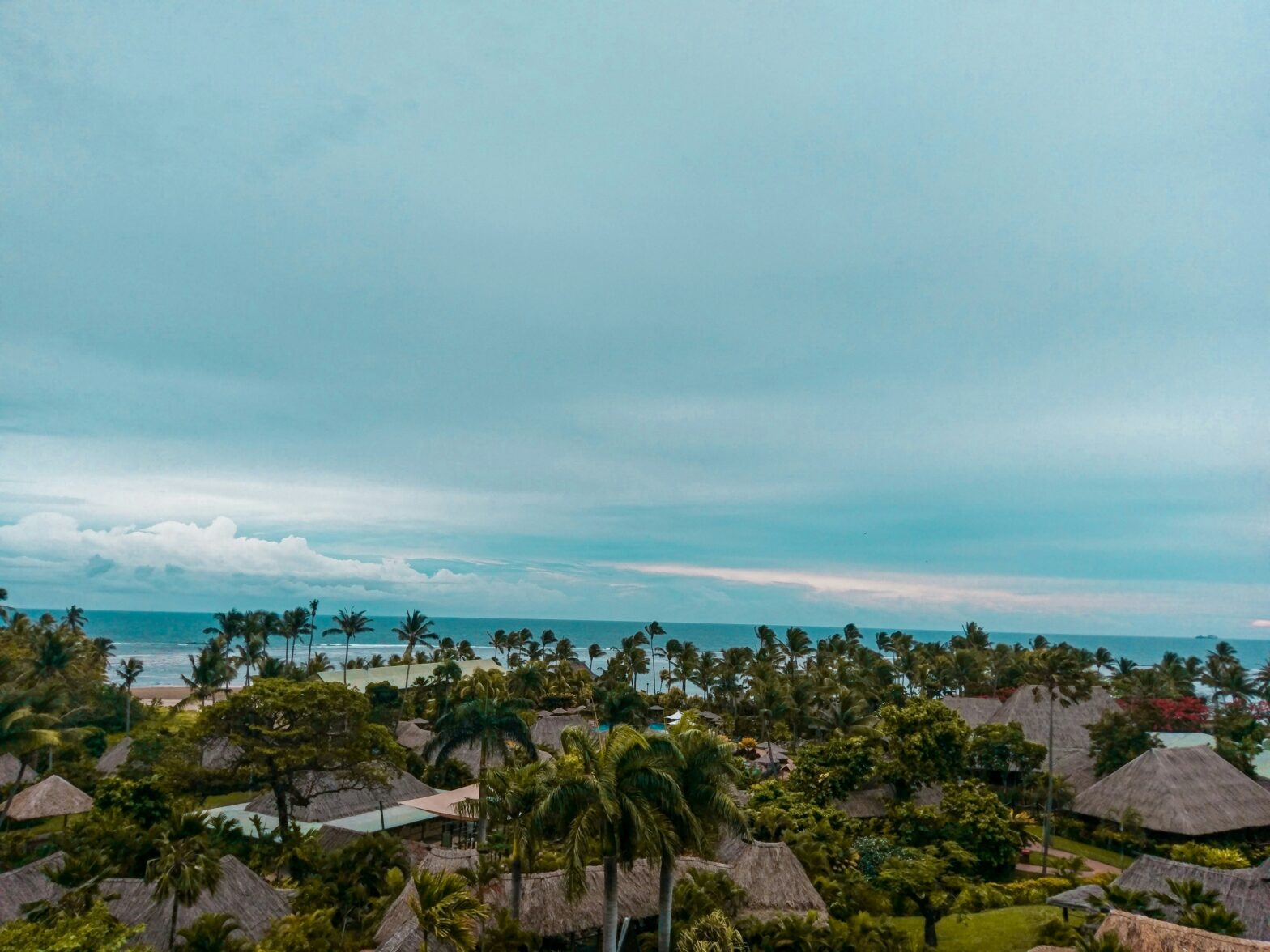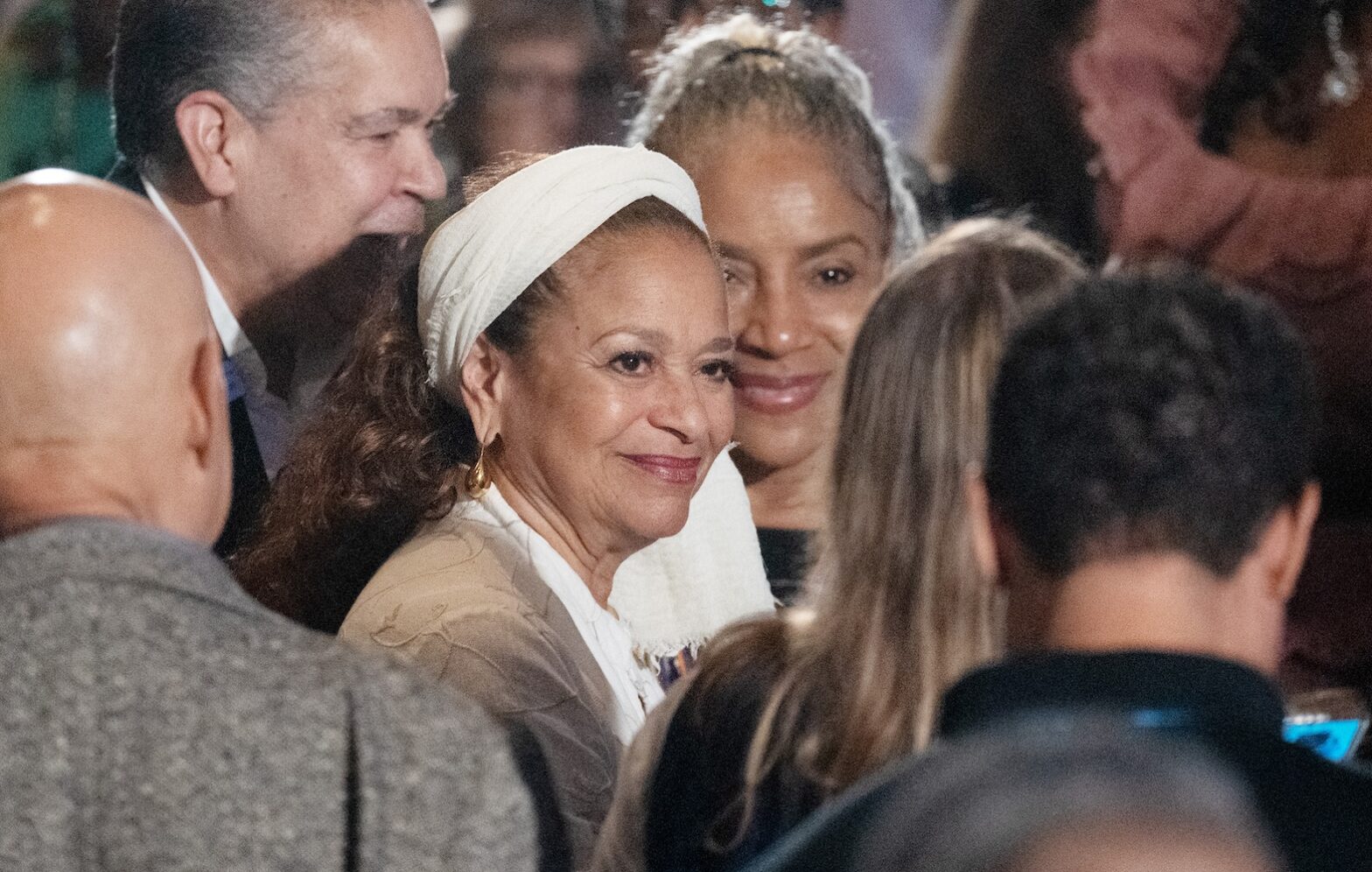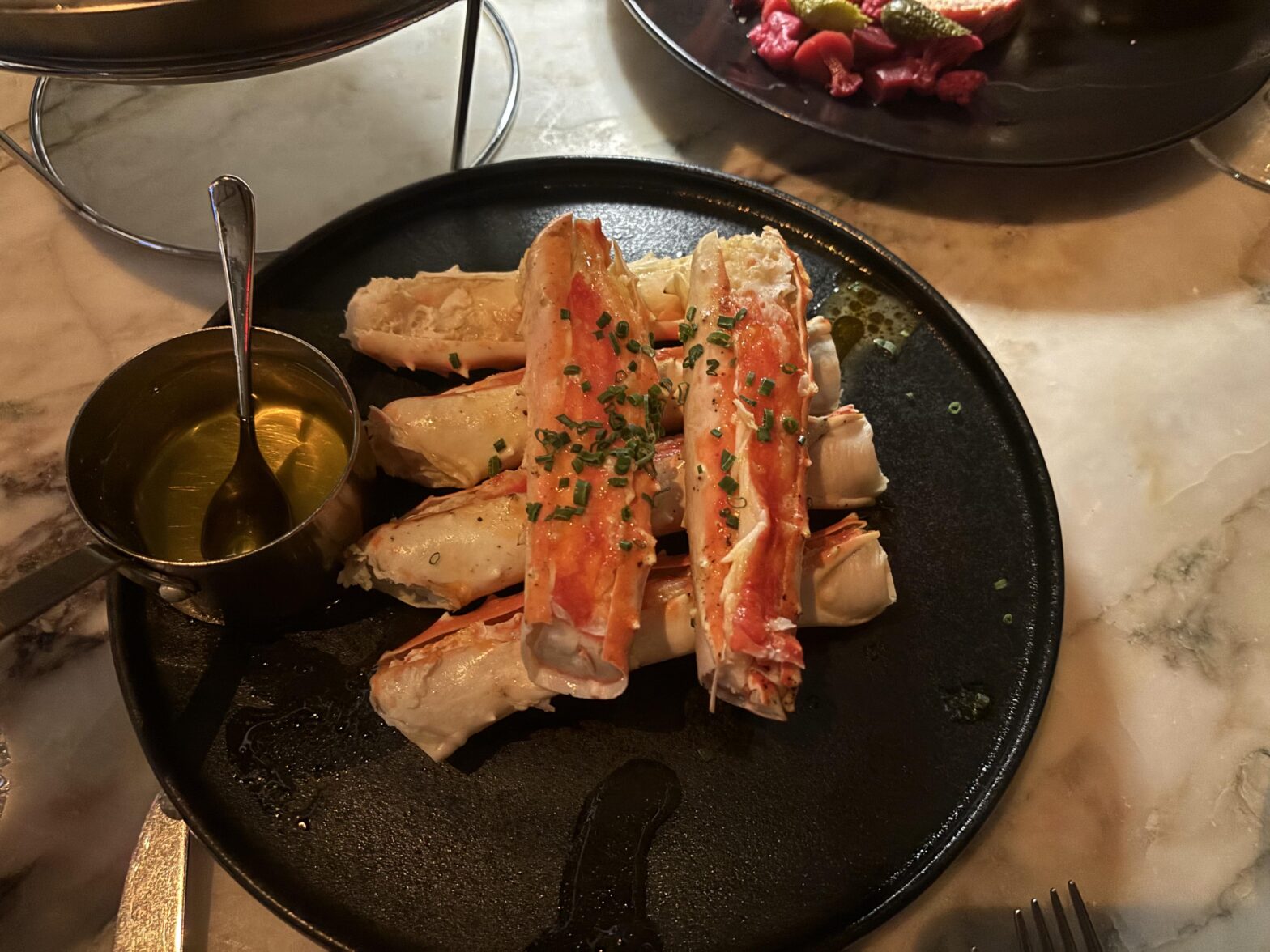If you’re looking for a different way to celebrate Black History month this year, take the road less traveled to destinations where black history doesn’t immediately come to mind. Skip the places where the stories are well known, like Montgomery, Selma, Detroit, or Atlanta. Venture further afield for a deeper discovery.
Not sure where to start? Here are some ideas.
Sierra Vista, Arizona
West of the main route through Sierra Vista, Arizona is Fort Huachuca, headquarters for the U.S. Army’s Strategic Communications Command. One museum there is devoted to the history of the U.S. Army in the American Southwest. It tells the story of the Army’s 10th Cavalry Regiment, a fighting unit famously known as the Buffalo Soldiers, the all-Black regiment established immediately after the Civil War. These soldiers were called “buffalo soldiers” by the Plains Indians. Some say it was because the Indians believed the men fought like a buffalo and others say it was because they saw a resemblance between the Black soldier’s hair and a buffalo’s shaggy coat.
The first African/African-American soldiers to arrive in Arizona at Fort Huachuca were the Buffalo Soldiers in the l890’s; the 9th and l0th Cavalries and the 24th and 25th Infantry Regiments. The Buffalo Soldiers fought in Plains Indian Wars, Apache Wars, The Spanish-American War, and The Punitive Mission against Mexico ordered by President Wilson and led by General John Pershing or ‘Black Jack.’ He had earned the nickname early in his career by leading Black regiments. By all reports, these Black regiments distinguished themselves in service to their country, despite being provided with inferior horses and equipment.
Fort Huachuca is home of the African-American soldier in the United States. At nearly 9-feet-tall, Fort Huachuca’s Buffalo Soldier statue was unveiled in a ceremony on March 3, 1977, commemorating the post’s 100th anniversary. The bronze statue was designed and cast by Rose Murray, an artist at Fort Huachuca’s Historical Museum. The Buffalo Soldier Legacy Plaza – where the statue is located – was established during the 2007 Year of the Buffalo Soldier celebration and dedicated in March 2009. The Buffalo Soldier statue honors regiments of black troops who proudly served at Fort Huachuca, in addition to the contributions of Buffalo Soldiers throughout Arizona and the Southwest.
Columbia, South Carolina
From forgotten stories of the Civil Rights Movement brought back to the forefront to properties owned by freed families that still stand today and an annual festival celebrating black history and culture, you might be surprised to stumble upon all of this and more in Columbia, SC.
Columbia had its role in the Civil Rights Movement. Many of the local, defining moments of the movement took place on Columbia’s Main Street — from a worker being ejected from a bus for trying to exit off the front instead of the back, to lunch counter sit-ins at Kress to marches and protests held at the South Carolina State House. Today, these moments are permanently remembered with seven markers installed along Main Street and a corresponding walking tour. You’ll also want to visit the Mann-Simons Site, with its museum, which was the former house of freed husband and wife Ben Delane and Celia Mann who were homeowners in 1840 when most African Americans were slaves. There are African American Historic Sites Bus Tours.
Durham, North Carolina
The stories are plentiful. Sometimes the desire for change makes strange bedfellows. Civil rights worker Ann Atwater and Ku Klux Klan leader C.P. Ellis became friends after working together on a charette to resolve issues with desegregating Durham’s public schools. There’s a book about it, The Best of Enemies: Race and Redemption in the New South. The compelling story will be told in The Best of Enemies, a film starring Taraji P. Henson and Sam Rockwell is set for release April 5.
This year marks the 75th anniversary first integrated college basketball game played in the Jim Crow South. The game was played in the locked gym at N.C. College for Negroes (now North Carolina Central University, the nation’s first public liberal arts institution for African Americans.
Durham, back in the 1900s was nicknamed the “capital of the black middle class”. Durham had bragging rights for being home to North Carolina Mutual Life Insurance Co., the nation’s largest black-owned insurance company, and Mechanics and Farmers Bank. Parrish Street was considered Black Wall Street. However, the vibrant community withered with urban renewal and a freeway.
All month long there are special events to celebrate Black history month, through films, plays, art exhibits, dance performances and more.
Muskogee, Oklahoma
The tiny town of Muskogee, Oklahoma sits in a region that is rich in black history. Six historically all-black towns surround it. Four museums in the Muskogee area offer much history on the role of blacks in what was once the Indian Territory. The
Fort Gibson Historical Site is a restored frontier fort where black soldiers served before its closure in 1890. It was occupied by the First Kansas Colored Infantry and Indian Home Guard during the American Civil War. You’ll want to visit the Three Rivers Museum to get the story of black pioneers, including on U.S. Deputy Marshal Bass Reeves, who is said to be of the greatest lawmen in the American West.
A few miles south of Muskogee at Rentiesville, a historically all-black town, is the Honey Springs Battlefield and Visitor Center. This interpretive center gives the story of the most significant Civil War battle fought in Indian Territory. The First Kansas Colored Infantry was credited with the Union victory in this battle that was the most ethnically diverse in the entire war. Just a block away from the Battlefield is the Oklahoma Blues Hall of Fame which spotlights blues musicians and also the 50 black towns in Oklahoma. You can also catch live blues performances.
Tallahassee, Florida
| From the blues, to boycotts, a battlefield and beyond, you’ll find a tale of struggle, perseverance and achievement with a legacy that includes music, literature, architecture, art and more. Tallahassee was the first city in Florida to hear a reading of the Emancipation Proclamation and is the only stop in Florida on the National Blues Trail. | |||
| In celebration of a storied past, several major events commemorate African-American history in Tallahassee. The Harmabee Festival, the Swahili word means “let’s pull together”, and features concerts, cultural art, film, spoken word, African drumming and dance, poetry, fashion, international food and more.
Then there are heritage sites like Florida Agricultural & Mechanical University (FAMU). Not only is it the state’s oldest HSBU, two FAMU students launched the Tallahassee bus boycott in 1956 when they were jailed for refusing to yield their chosen seats on a segregated city bus (just six months after Rosa Parks did the same). Don’t visit the campus without checking out the Foster Tanner Fine Arts Gallery for the global showcase of African-American artists. The campus is also home to the Carnegie Library, which has more than half a million documents and artifacts from all over the world, including rare African books and maps. For an authentic chittlin’ circuit blues club, go to Bradfordville Blues on a Friday or Saturday night. The club is designated with a National Blues Trail Marker. Another must-do is the Tallahassee-Leon County Civil Rights Heritage Walk. Start at the corner of Jefferson Street and Monroe Street. The commemorative sidewalk honors more than 50 Civil Rights leaders and activists who took part in Tallahassee’s 1960s lunch counter sit-ins and the 1956 bus boycott. Sandusky, Ohio Because of its location on Lake Erie, Sandusky was a major stop on the Underground Railroad. Since historical records on this topic are rare and many sites have since been destroyed, the remaining sites along with local people influential in this movement are highlighted in a self-driving tour of the area. Included on the tour are the Maritime Museum of Sandusky because of its Underground Railroad display and artifacts, the Second Baptist Church which was founded by a group of seven former slaves and freeborn blacks (the present church is constructed around the original church’s wooden framework), and waterfront Facer Park which includes an Underground Railroad memorial statue and interpretive panels. A self-guided tour of Underground Railroad sites in Sandusky is also available through the Erie County Historical Society. Denver, Colorado Bet you didn’t know the Five Points neighborhood was called “Harlem of the West”. In 2002, the Denver City Council granted the area landmark status. Five Points included the Welton Street Historic District and was the heart of African-American commerce during segregation. It was also renowned nationwide as the destination for live jazz in Denver – thanks to its more than 50 clubs and bars where back in the day you could see Charlie Parker, Miles Davis, Billie Holiday, Duke Ellington and other legends perform. Today, you can tour the Welton Street Historic District with its classic architecture and hip appeal. There are coffeehouses and craft breweries. You can visit museums telling stories eat down home soul food and barbecue. Denver is also where you’ll find the Black American West Museum, yes, there were black cowboys. The museum is in the former home of Colorado’s first black woman doctor. You’ll likely be drawn to the exhibit that focuses on Dearfield, a once-bustling black pioneer town, founded in 1910 near Greeley, Colo. Dearfield is now a ghost town, but the museum owns a good portion of the site, and offers informative tours of this eye-opening part of African-American pioneer history. Nicodemus, Kansas Established in 1877, Nicodemus, KS, is the oldest and only remaining town west of the Mississippi River founded and settled by African Americans at the end of Reconstruction. The National Historic Site, located in Nicodemus, consists of five historic structures: A.M.E Church, First Baptist Church, Nicodemus School District #1, St. Francis Hotel and Township Hall. A Visitor Center is located in the Township Hall, where Park Rangers, orientation videos, interpretive displays and book sales enrich the visitor experience. This Site is part of the National Park System. Pensacola, Florida This city is chock full of African American history. The Chappie James Museum and Flight Academy is on the National Register of Historical place and celebrates “Chappie” the first African – American four-star general. The flight facility offers year-round aviation experiences and the home tells the story of Chappie and the Tuskegee Airmen. The Belmont-DeVilliers neighborhood was recently dedicated as an official stop on the Mississippi Blues Trail. An early center for blues, ragtime, vaudeville and jazz activity, Belmont-DeVilliers, developed into a regional cornerstone as the “chitlin’ circuit”. Touring acts and local musicians found a welcome base in the African American business and entertainment district for several decades. Blues performers such as B.B. King, Junior Parker, and Sam Cooke were favorites in the neighborhood’s theaters and clubs. |
This post was written by Sheryl Nance-Nash
Want to share your travel story? Check out our community submission form HERE.

